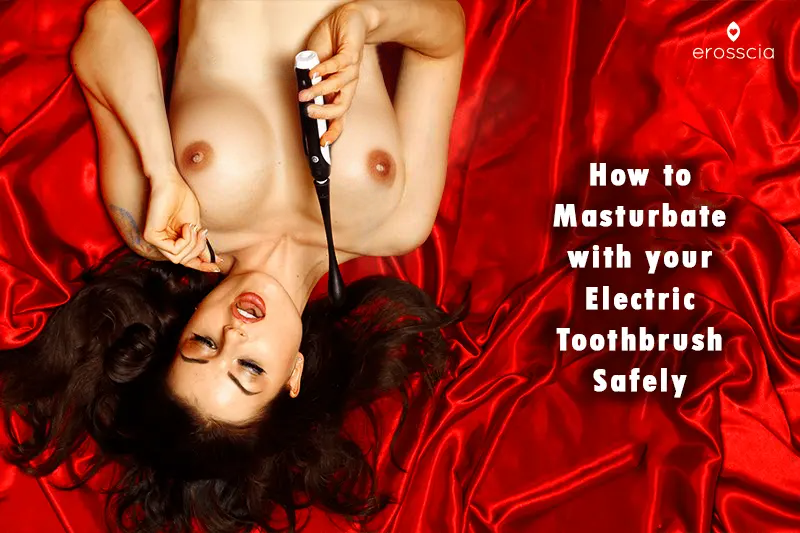Discussing orgasms is not something we often do in public or overtly. Thus, orgasms have come to be known by many names including “the big O” “coming or cumming” “climax” “get off” and “finish” can all refer to orgasm in one way or another. It’s something nearly everyone experiences but rarely talks about. However, orgasms are foundational to human life (literally!) and have health benefits. And, they just feel good!
We went out on the street and asked people to complete this sentence, “Orgasms make me feel…” Here are their answers and some info on just why orgasms feel so good.
What Is An Orgasm?
In a scientific sense, an orgasm is the release of pressure caused by sexual stimulation. This results in involuntary muscle contractions of the genitals. It may or may not come with the release of fluid. While the majority of muscle contractions occur in and around the genitals, orgasms affect the entire body.
Orgasms can help reduce headaches and other pain, including menstrual cramps. They can even be good for the heart, stress, and sleep. Other muscles throughout the body can also relax and a rush of hormones mentally soothes and relaxes as well. Many may even feel a sense of euphoria or contentment post-orgasm.
“Orgasms make me feel…
…satisfied.
…awesome.
…[like] money.”
Orgasms often have a positive association and make someone happy or relieved. While there are many ways to explain why, on a basic, biological level, orgasms raise the level of three hormones that help promote positive emotions: serotonin, oxytocin, and dopamine.
Serotonin is most commonly known as the feel good chemical. Low levels of serotonin may contribute to depression and anxiety, though it is rarely the only factor. Additionally, many antidepressants help improve and increase the release of serotonin. But, this can inhibit the serotonin associated with sex, which contributes to low libido in some people.
Sex helps naturally increase serotonin levels which can help reduce stress and stabilize feelings of depression and anxiety. In fact, serotonin also helps regulate the body’s sexual functions which is why some mental health medications can cause lower libido, it is changing how your body uses the hormone.
Oxytocin is a chemical integral to human relationships and emotions. Sometimes called “the cuddle chemical” oxytocin helps infants bond with their mothers and later is involved in forming romantic attachments. After an orgasm, you may feel closer than ever to your partner. This hormone may be why!
Dopamine is our body’s internal reward system. It functions as a way to reward us for doing things good for us. This includes sex. Orgasms help raise dopamine levels, which can make us truly satisfied and as happy as winning a jackpot.
Types Of Orgasm
Genital stimulation is not always necessary for an orgasm. In fact, for many people, genital stimulation alone is not enough to reach orgasm. The different types of stimulation that can lead to orgasm, either on their own or in combination with other stimulation, categorize the different types of orgasms.
- Clitoral Orgasm: Similar to the penis, the clitoris swells and fills with blood during arousal. Therefore, it is often integral to an orgasm, sometimes even more than the vagina. The clitoris has over 8,000 nerve endings and one study suggests that clitoral orgasms make up 60% of the orgasms cisgender women experience. It is the only organ designed specifically for pleasure, and it seems to do its job well!
- Vaginal Orgasm: Vaginal orgasms that occur with adequate stimulation of the vagina. Some have argued that vaginal orgasms occur due to indirect stimulation of the clitoris or anus. However, even if other areas play a part in it, primarily stimulating the vagina can and does lead to orgasm.
- Blended Orgasm: An orgasm where a clitoral and vaginal orgasm occur together. They can be more intense than a solo clitoral or vaginal orgasm. It’s essentially two simultaneous orgasms. Men also have a type of blended orgasm where the penis and prostate are both stimulated and lead to orgasm.
- Nipple Orgasm: Some people can orgasm from nipple stimulation alone. Like the genitals, the nipples are highly sensitive and interact with the same part of the brain as genital stimulation. This may not work for all people but can help build up to an orgasm.
- Anal Orgasm: Men and women can orgasm from anal stimulation. Beyond also being a highly sensitive part of the body, the same nerve that influences sensation in the genitals continues back to the anus.
- G-spot Orgasm: An orgasm that happens when the G-spot is stimulated
- Imagery Orgasm: Imagery–even without any physical stimulation–can lead to orgasms for some people. Self-induced imagery–like a nipple orgasm–stimulates the same part of the brain responsible for orgasms.
- Multiple Orgasms: Most common in people with vaginas, multiple orgasms refer to having a series of orgasms in a short period of time. These can be any type of orgasm. People with penises can have multiple orgasms, but it is rarer.
- Squirting Orgasm: Both men and women usually release fluids before an orgasm. However, only penis-havers reliably release liquid during an orgasm. Women tend to release most fluid before and during the build-up of the orgasm. Sometimes though, the vagina may release clear fluid during an orgasm that is referred to as “squirting.”
- Sleep Orgasm: Also called “wet dreams,” a sleep orgasm is most common among people with a penis, especially around the time of puberty. Though, people with vaginas can experience a sleep orgasm. In general, nocturnal orgasms usually accompany a dirty dream and/or accidental stimulation due to sheets, pajamas, etc.
Several other types of orgasms exist. However, despite humans having orgasms for thousands of years, they are not fully understood. They appear to be very individualized with different people requiring different forms of stimulation or combinations of stimulation to orgasm.
“Orgasms make me feel….
….like I’m fulfilling an unquenching thirst.”
….unbelievable.”
….connected.”
…like heaven.”
There are two prevailing theories about the stages of an orgasm: one that includes four steps and one that includes three. Master and Johnson’s four-phase model is generally accepted, though research into orgasms, especially women’s orgasms continues. According to the aforementioned model, the four phases of orgasm are excitement, plateau, orgasm, and resolution.
Excitement
The excitement phase touches on the initial arousal. This can include an increase in heart rate, blood rushing to the clitoris/penis, tensing of the muscles, nipple hardening, and flushing of the skin. The vagina will often begin secreting fluid during this stage. Even internal changes such as a rise in blood pressure and the shifting of the position of the uterus/testes may occur.
Plateau
The plateau stage refers to reaching the height of the aforementioned symptoms of arousal. Muscle tension may continue down the legs, feet, arms, and even up to the face. Heart rate, blood pressure, and breathing will increase and stabilize at the plateau. The clitoris becomes more sensitive and a penis may excrete pre-seminal fluid from the tip. The inside of the vagina also lubricates itself. Moving from the excitement to the plateau stage may take only a few minutes or much longer. Sometimes, the plateau stage is never reached.
Orgasm
The orgasm itself is the climax of the building and plateauing of arousal symptoms. Muscle spasms become involuntary and hormones are released that can cause a sense of euphoria and stress relief. Women may or may not release fluid during an orgasm. Men have two stages to an orgasm. The first stage is the penis and surrounding structures pushing the semen up the penis and preventing any unwanted actions from happening during ejaculation. Then, the second stage is the release of semen.
Resolution
Finally, the cool-down period after orgasm is the resolution phase. During this phase, blood flow retreats from the genitals, disgorging the penis and clitoris. The muscles relax and the body slowly returns to its normal physical state. Women tend to have quicker resolution phases which allow them to have more and multiple orgasms in succession within a short time period. Whereas, a man can take hours or even days, in some cases.
This four-phase model–while frequently cited as one of the earliest mappings of the orgasmic process–is believed to not be fully representative. Some have proposed the orgasmic cycle as a circle instead of a linear path. Additionally, orgasms, particularly for women, are highly individualized.
Getting To Orgasm With Erosscia
Having an orgasm does not require a partner. Many people experience their first orgasm during masturbation, or may even have multiple partners before experiencing an orgasm. Some of the best orgasms happen when we are alone with ourselves because there is less tension or expectations around it. We do not have to worry about disappointing ourselves or others seeing our bodies.
Getting the best orgasms may only require your electric toothbrush and a vibrator attachment from Erosscia. More discreet than other vibrators and calibrated perfectly to induce the most intense orgasms, Erosscia is revolutionizing how men and women have orgasms. Whether with a partner or flying solo, Erosscia can help anyone reach an orgasm.
To purchase an Erosscia vibrator attachment, shop on our online store. Check out all our Orgasms Make Me Feel videos on Tiktok and Threads.
Own the most exciting, inclusive, elegant & ethical sex toy bringing you 🤯 orgasms, available in these colors:

Allore
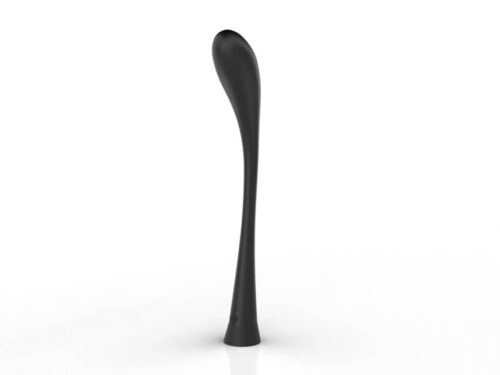
$49.95
Ceola
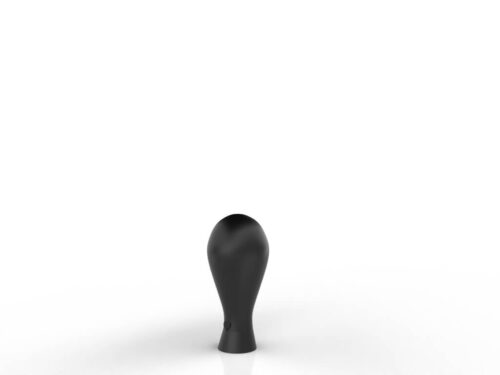
$49.95
Okamei
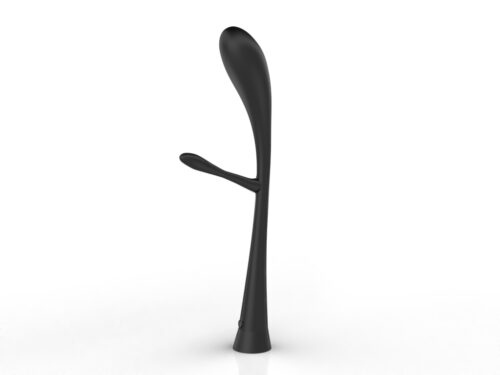
$54.95
Allore & Ceola Bundle
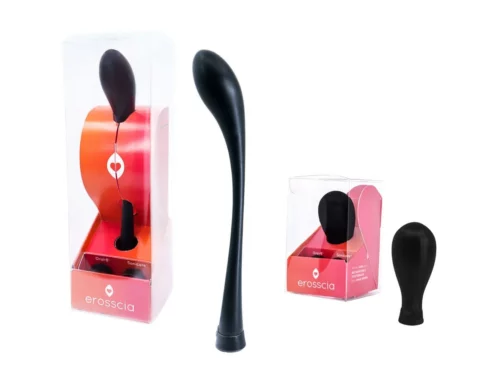
$84.95
Ceola & Okamei Bundle
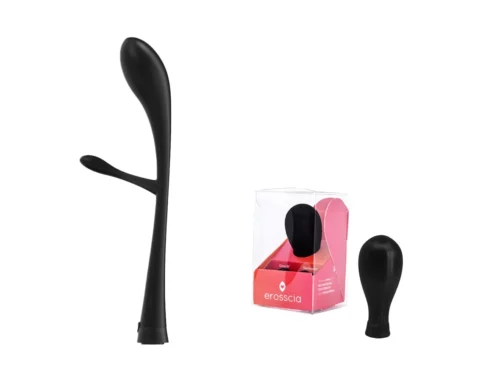
$88.95
Allore & Okamei Bundle
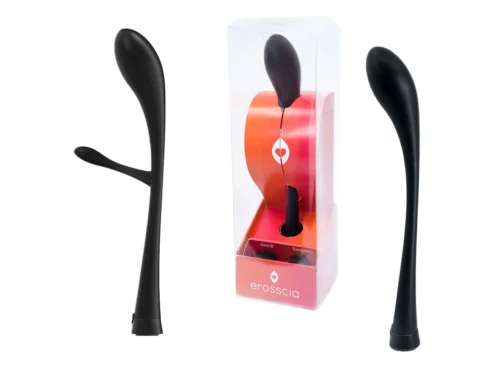
$88.95
Allore, Okamei & Ceola Bundle
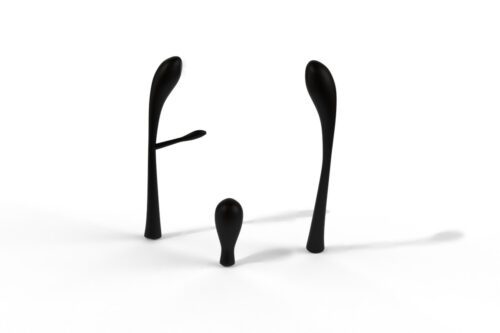
$126.95

UNCOVER THE SEXY DEETS!
Start your journey & receive pre-order discounts, special offers, new product announcements and our latest blogs 💞



